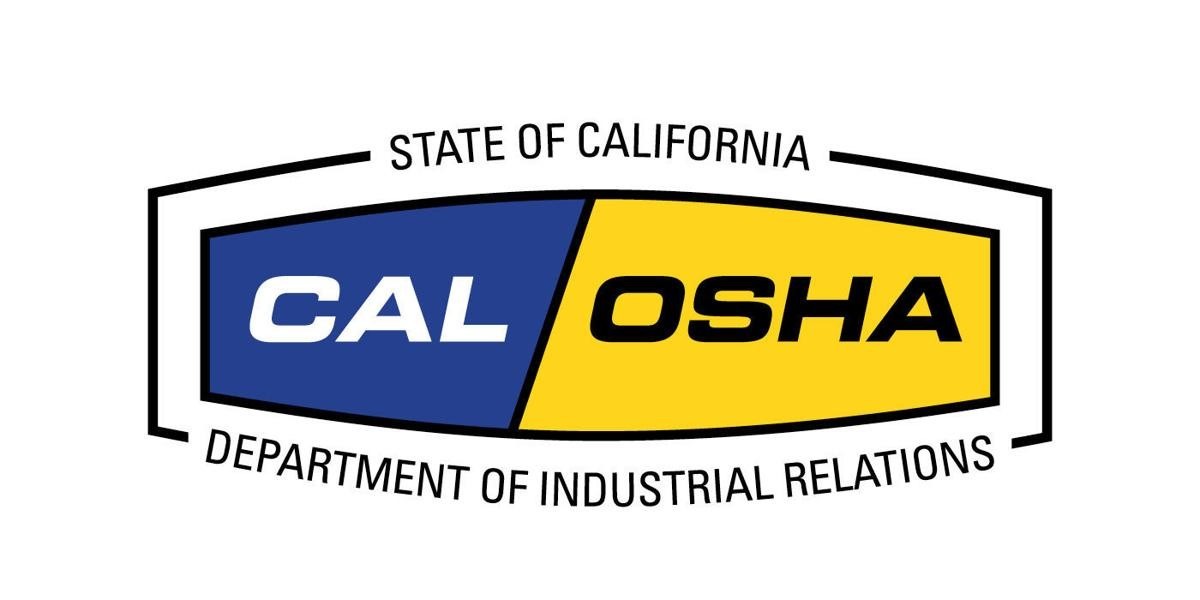-
Cal/OSHA Emergency Rule for COVID-19 in Effect Now

As of November 30, 2020, the new Division of Occupational Safety and Health (Cal/OSHA) 21-page COVID-19 Emergency Standard is in effect across California, covering virtually every employer and workplace in the state.
The Emergency Regulation applies to virtually every workplace in California, of any size, excluding only those employees covered by the Aerosol Transmissible Disease Standard and employees who are either working from home or are truly alone during their entire shift. In practice, that means just about everyone except for certain medical/research employees is covered. Substantively, the Emergency Regulation brings together a wide swath of existing requirements from guidance documents and public health orders, but also adds very significant new requirements.
Given the length and complexity of the text, the CalChamber recommends that every employer in California look at the text and consult counsel. Below are some of the brief highlights:
• New Obligations Regarding COVID-19 Prevention: This includes specifying requirements for an employer’s COVID-19 Prevention Program, such as how cases must be investigated and what notice must be provided to potentially exposed employees (with some differences from the terms of this year’s AB 685).
• Review of Ventilation and Air Circulation in Workplaces: Workplaces will need to review their ventilation systems and, in some cases, upgrade them to improve filtration—but will not need to replace the existing system.
• Exclusion and Benefits: Employees who test positive for COVID-19, as well as those who are exposed to them (meaning being within a six-foot radius for 15 minutes or more, regardless of masks) must be excluded from the workplace and provided with their regular earnings for the duration of their exclusion.
• Outbreaks and Increased Obligations: The Emergency Regulation requires employers who experience an “outbreak” in their workplace (starting at three cases in a workplace in a 14-day period) to comply with new, weekly testing obligations for all employees who were at the worksite, regardless of whether they were close enough to qualify as “exposed.” Notably, to end an “outbreak,” a workplace must have two weeks with no new cases—leading to a question of how large workplaces will ever fall out of “outbreak” conditions and the related obligations.COVID-19 Prevention Program
The prevention effort’s centerpiece is the COVID-19 Prevention Program (Prevention Program). Although employers already were required to include COVID-19 elements in their Injury and Illness Prevention Program pursuant to prior Cal/OSHA guidance documents, the regulation added some specifics and broadened those requirements. According to the regulation, the Prevention Program must be in writing and contain information on the following subjects:
• System of Communicating COVID-19-Related Information.
• Identification and Evaluation of Hazards.
• Investigating and Responding to COVID-19 Cases in the Workplace.
• Correcting Workplace COVID-19 Hazards.
• Effective Training and Instruction to Employees Regarding COVID-19.
• Procedures for Physical Distancing.
• Face Coverings.
• Other Infection Controls and Personal Protective Equipment.
• Reporting, Record-keeping and Employee Access to Employer COVID-19 Records.
• Excluding Employees from the Worksite and Job Protection.
• Return to Work Criteria.
Within each subject matter are several specific protocols that must be addressed.
Under the regulations, when an employee tests positive—regardless of the source of the infection—the employer must conduct contact tracing to determine which areas of the workplace were exposed, as well as whether any close contact occurred between the infected employee and other employees.
Recognizing that the Prevention Program requirements are extensive and detailed, Cal/OSHA released guidance for creating and implementing the Prevention Program. Within this guidance is a model Prevention Program that employers may use as a template to comply with the new mandate.
The emergency regulations went into effect on November 30, 2020, less than two weeks after the Cal/OSHA Standards Board voted to adopt them. They apply to all employers with employees working outside the home (except health care employers covered by the Aerosol Transmissible Diseases standard) and were enforceable immediately.
The California Chamber of Commerce is urging the California Division of Occupational Safety and Health (Cal/OSHA) to delay enforcement of the emergency COVID-19 rules.
In a letter sent to Cal/OSHA officials on December 18, 2020 and at a virtual stakeholder meeting joined by more than 1,000 interested groups the same day, the CalChamber asked that enforcement be delayed until January 15, 2021 because employers were given no advance notice on what was required of them and many were struggling just to become familiar with compliance.
Tell a Friend

